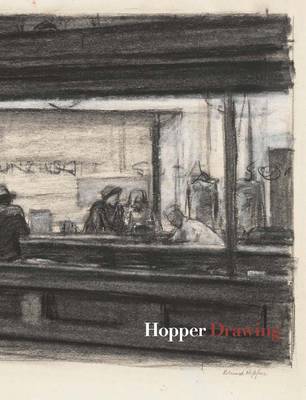Edward Hopper (1882--1967) is recognized as one of the most well-known American artists of the 20th century. His distinctive style, combining subtle observations of the world with his imagination, has not only influenced other artists but also photographers, filmmakers, and popular culture. Although Hopper is primarily known for his oil paintings, including such iconic works as Nighthawks (1942) and Early Sunday Morning (1930), this important publication is the first comprehensive exploration of his drawings and working methods. In 1967, Hopper's widow, Josephine Nivison Hopper, bequeathed her husband's artistic estate to the Whitney Museum of American Art, including a fascinating collection of more than 2,500 drawings spanning his entire career. This group of works has never been the subject of in-depth study and many have never been reproduced before. Hopper kept these drawings for personal reference as he revisited various themes throughout his career. Carter E. Foster examines how Hopper used his drawings to develop his paintings, arguing that the artist's work can only be fully understood after careful study of these preparatory sketches.
Foster also argues that Hopper was, in many ways, a traditional draftsman who methodically developed schematic ideas into detailed studies to refine content. However, the steps toward this refinement are unique to Hopper and reveal how he turned the mundane into poetic images with universal appeal.
- ISBN10 0300181493
- ISBN13 9780300181494
- Publish Date 18 June 2013
- Publish Status Out of Print
- Out of Print 25 July 2016
- Publish Country US
- Imprint Yale University Press
- Format Hardcover
- Pages 256
- Language English
